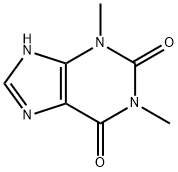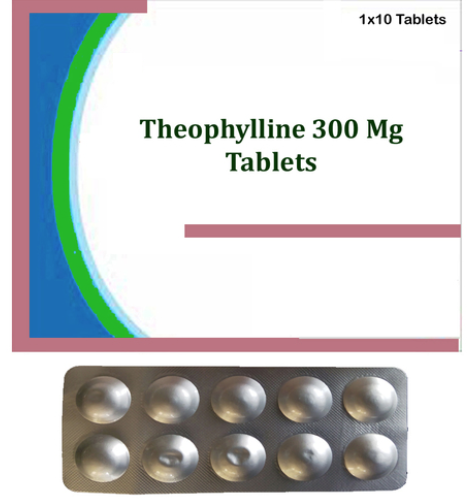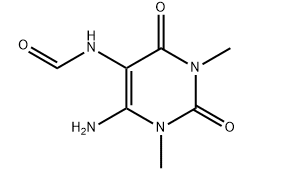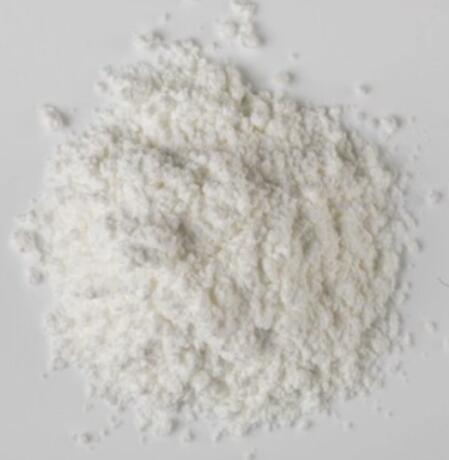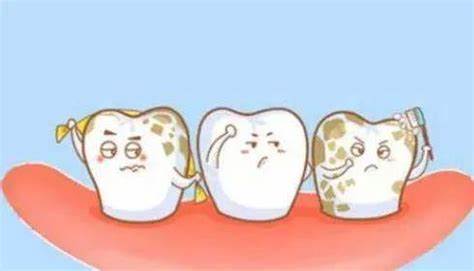Pharmacological action of theophylline and its application in medicine
Theophylline is a drug that inhibits phosphodiesterase and blocks adenosine receptors. It is used to treat chronic obstructive pulmonary disease (COPD) and asthma.

Properties
Theophylline is a white crystalline powder that has a bitter taste and an exciting effect. Its chemical structure is similar to caffeine, but the pharmacological effect is slightly weaker than caffeine. It has good solubility in water, hot water, alkali hydroxide solution, ammonia water, dilute hydrochloric acid, and dilute nitric acid, and is slightly soluble in ether. These chemical properties give it certain advantages in pharmaceutical preparations and extraction processes.[1]
Pharmacological effects
Theophylline relaxes the smooth muscles located in the bronchial airways and pulmonary blood vessels. It also reduces the airway responsiveness to histamine, adenosine, methacholine, and allergens. It exerts these effects mainly through two distinct mechanisms:
It acts as a competitive nonselective phosphodiesterase inhibitor (inhibiting type III and type IV phosphodiesterase), which increases the concentration of intracellular cAMP, activates protein kinase A, inhibits TNF-alpha, and leukotriene synthesis, and also decreases inflammation and innate immunity.
It is also a nonselective adenosine receptor antagonist. It acts on A1, A2, and A3 receptors with almost the same affinity, which possibly explains theophylline's cardiac effects. Adenosine-mediated channels also increase the contraction force of diaphragmatic muscles by enhancing their calcium uptake.[2]
Medical applications
Theophylline is a drug derived from methylxanthine (a purine derivative) and has smooth muscle relaxant, bronchial dilation, diuretic, cardiac and central nervous system (CNS) stimulant activities. In 1922, it came out as a clinical treatment for asthma after identifying its bronchodilator effect. It is used to treat various respiratory conditions that obstruct the airways, such as asthma and chronic obstructive pulmonary disease (COPD).
[1].Weinberger, M.; Hendeles, L., Theophylline in asthma. New England Journal of Medicine 1996, 334(21), 1380-1388.
[2].Wettengel R. [Theophylline--past present and future]. Arzneimittelforschung. 1998 May;48(5A):535-9.
References:
[1] BIERMAN C W. Theophylline in asthma.[J]. Pediatrics, 1976, 58 4.[2] WETTENGEL R. [Theophylline–past present and future].[J]. Arzneimittel-Forschung-Drug Research, 1998, 48 5A.
You may like
Related articles And Qustion
Lastest Price from Theophylline manufacturers

US $1.00/KG2025-09-12
- CAS:
- 58-55-9
- Min. Order:
- 1KG
- Purity:
- 99%
- Supply Ability:
- 200000KG

US $0.00-0.00/kg2025-06-11
- CAS:
- 58-55-9
- Min. Order:
- 0.0001kg
- Purity:
- 99.99%
- Supply Ability:
- 200000t
